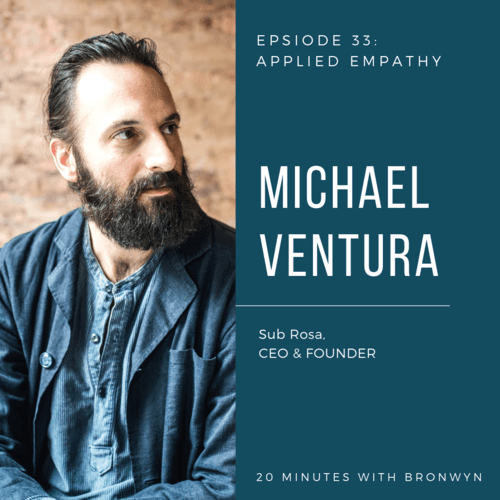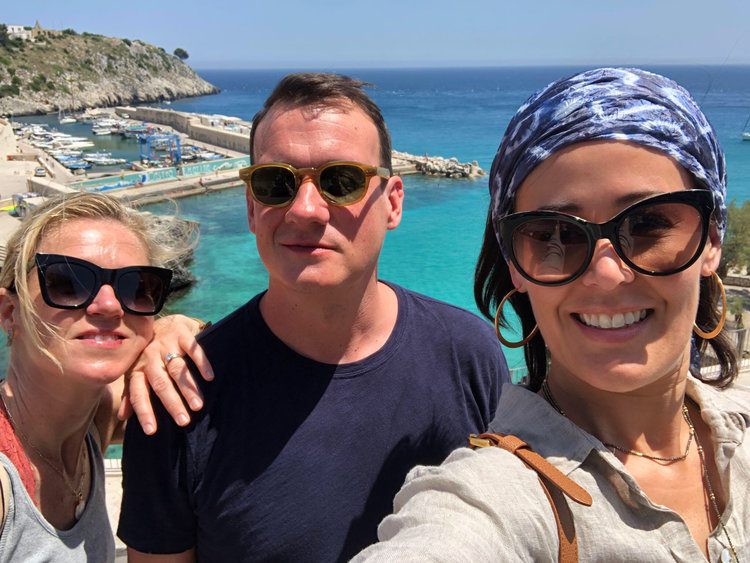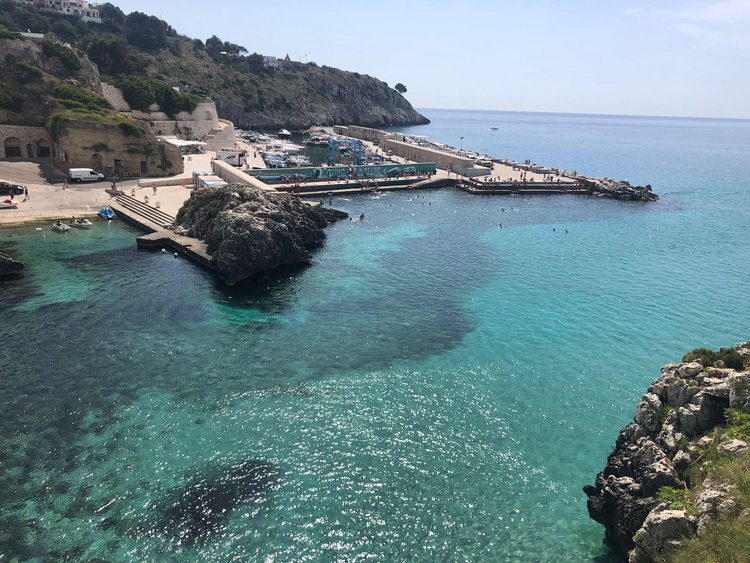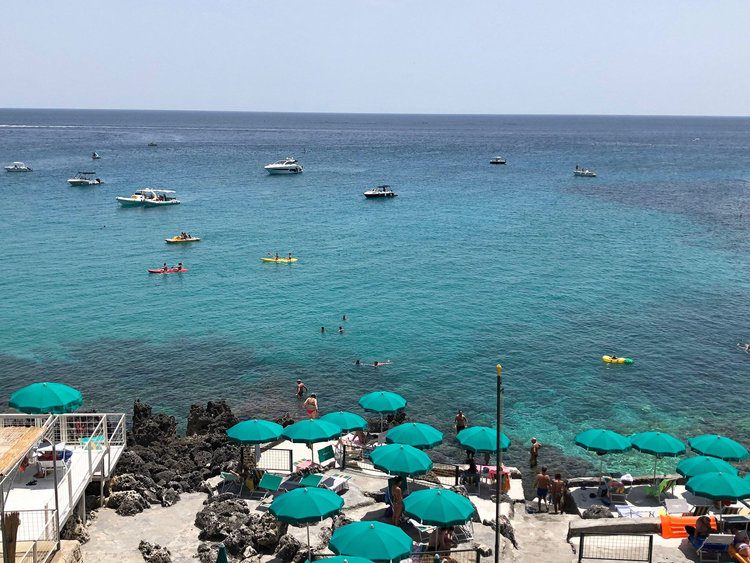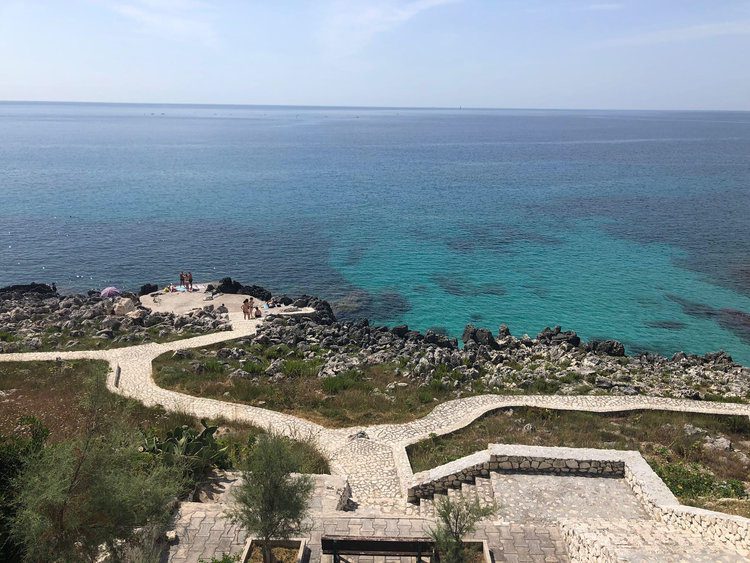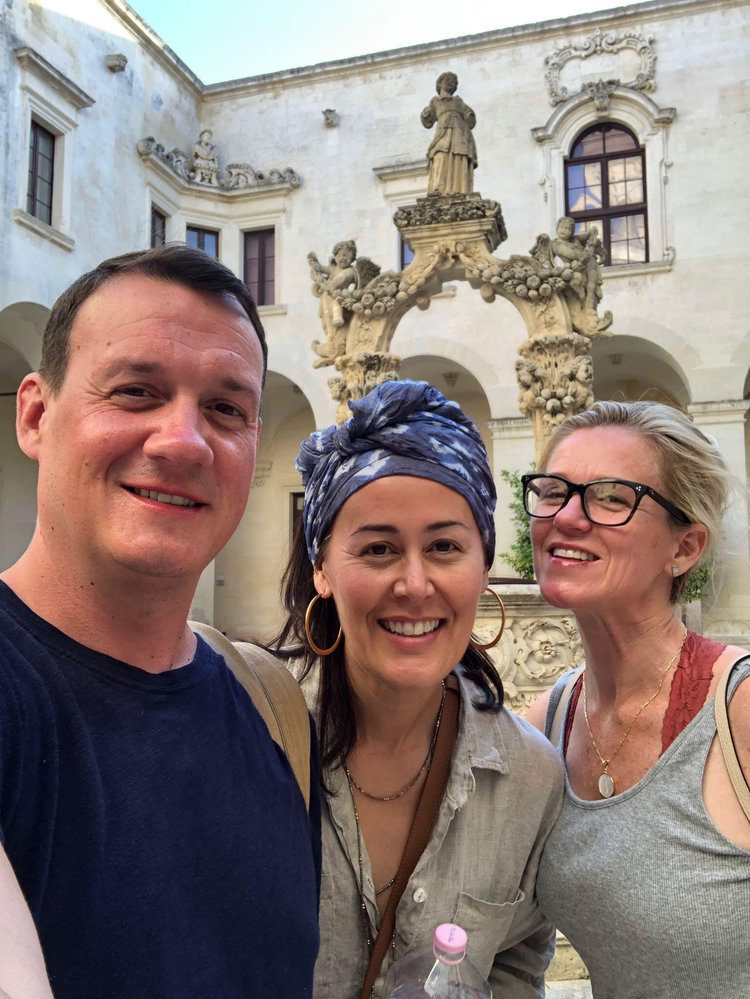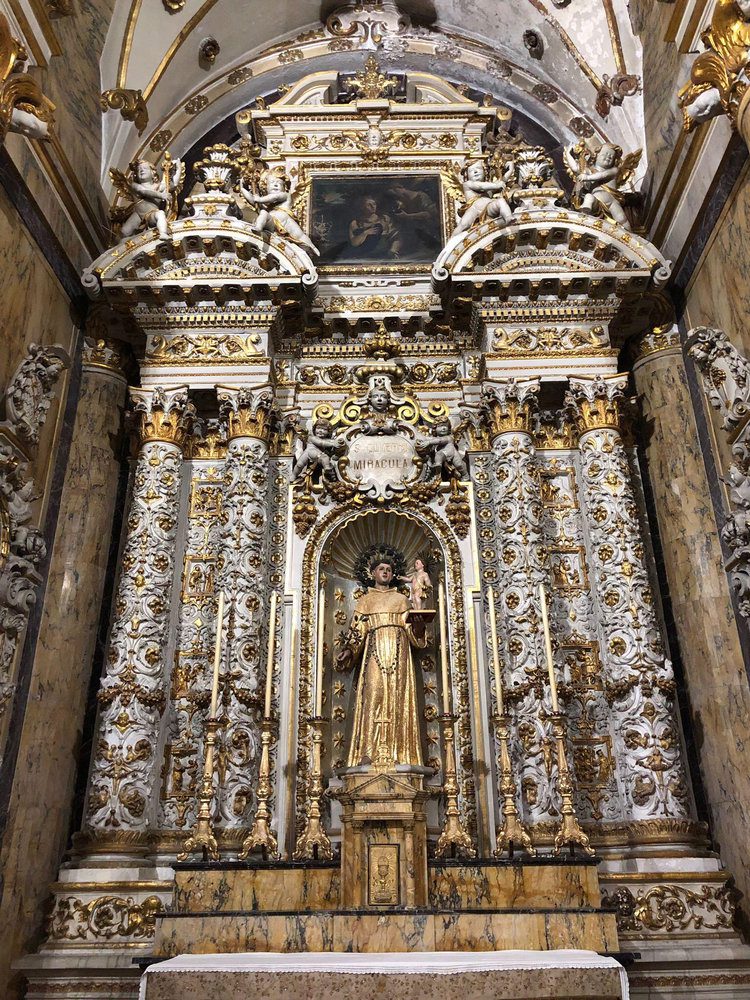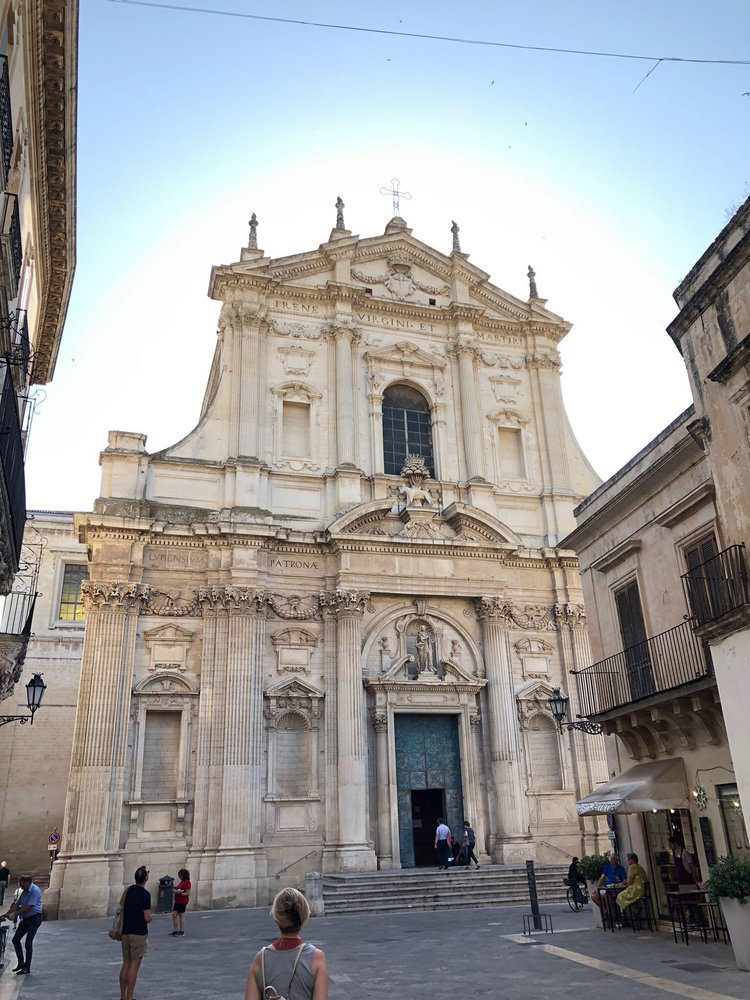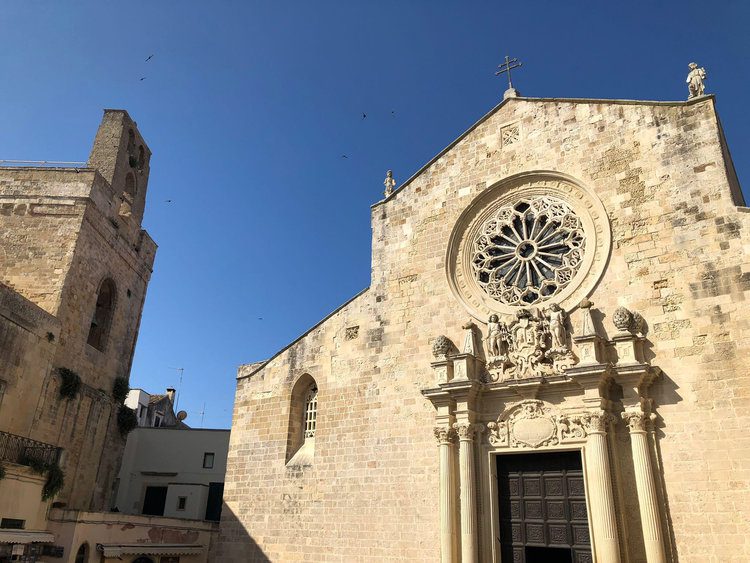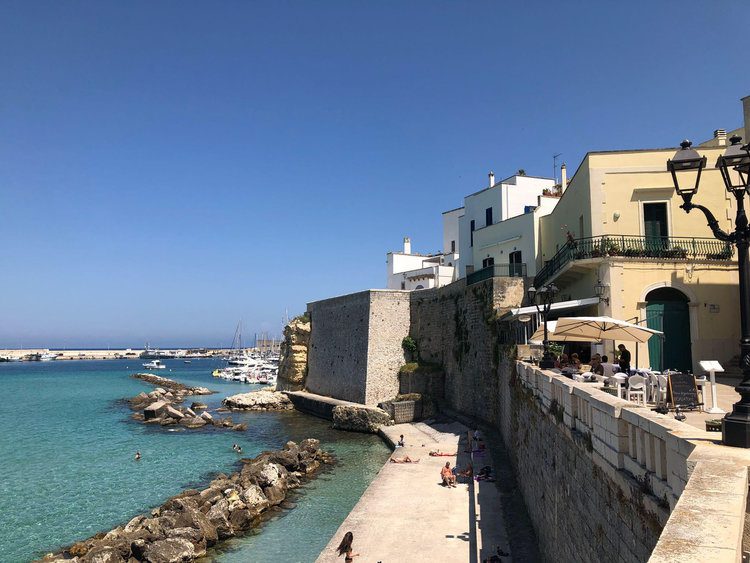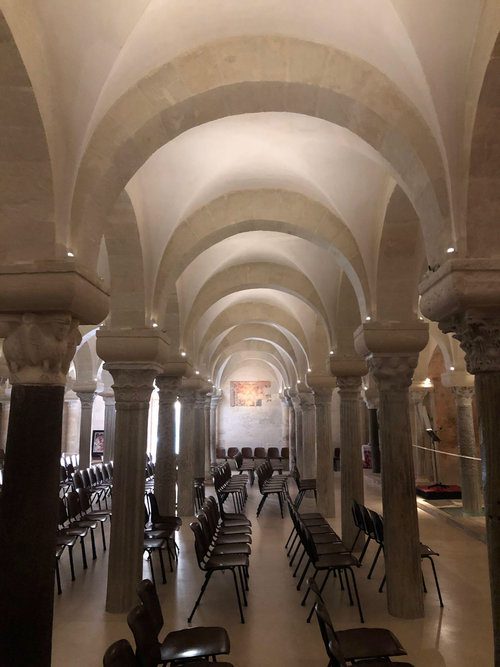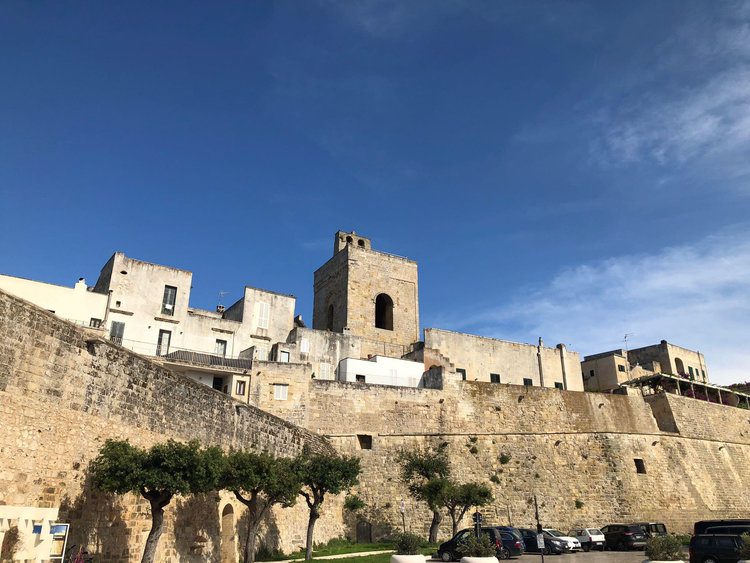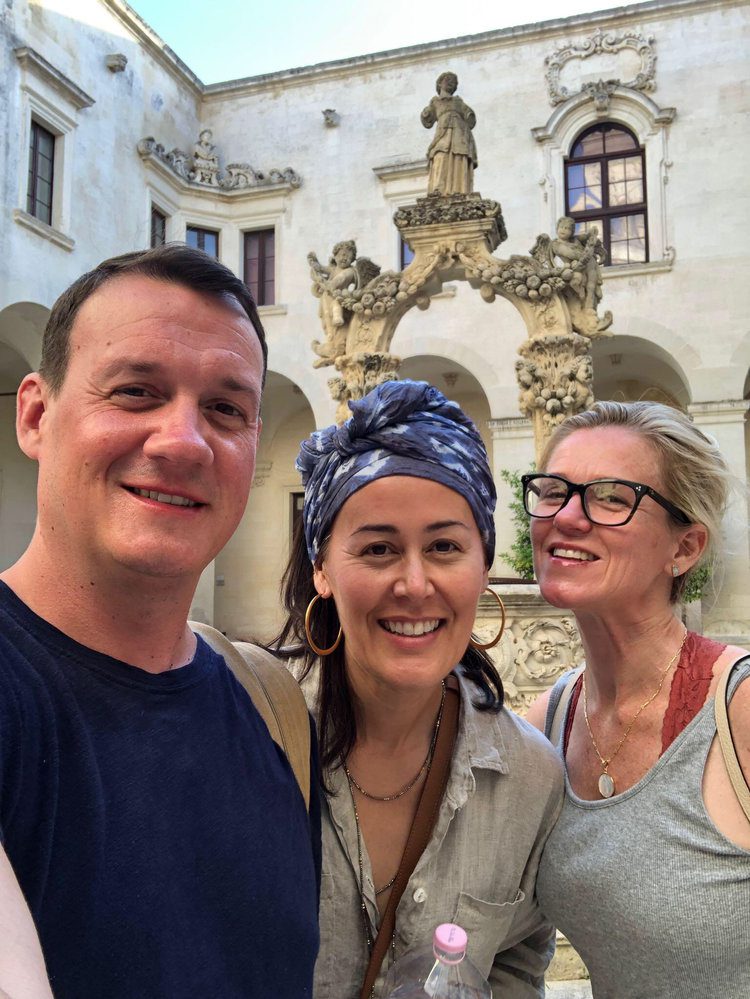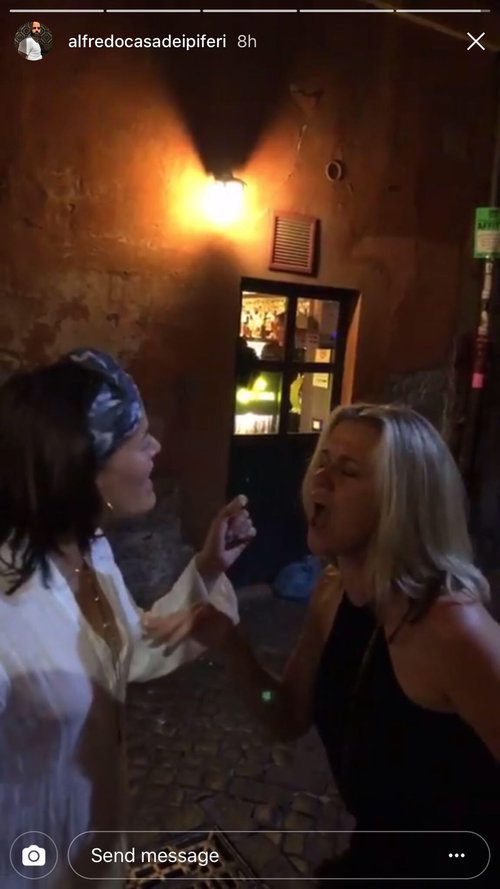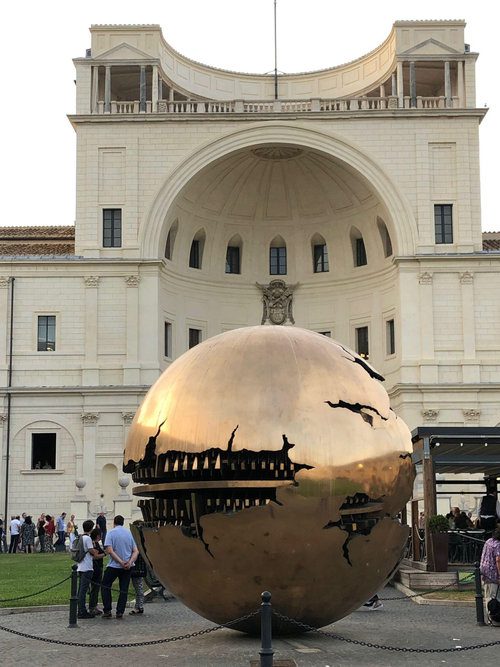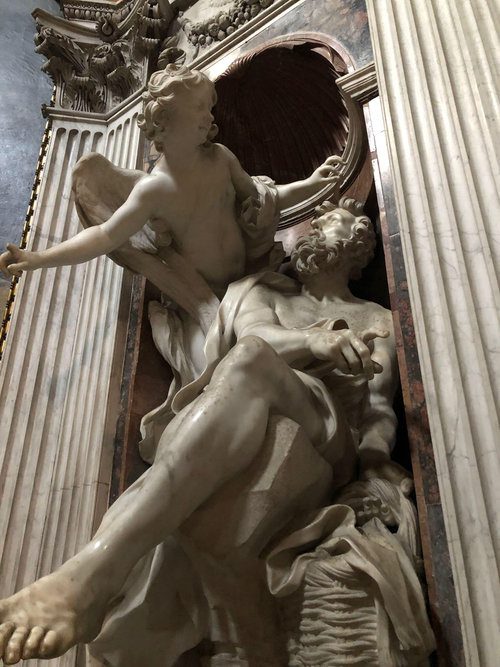I’m a lifelong student of empathy—the art of stepping outside of myself long enough to understand someone else’s perspective without judgement. As this is a cornerstone of my work as a communication coach, you can imagine my delight when I got hold of a book called Applied Empathy: The New Language of Leadership, by Michael Ventura.
Michael Ventura is the CEO and founder of Sub Rosa, a strategy and design firm that has worked with such names as Johnson & Johnson, Pantone, and Adobe, to the TED Conference, Delta Airlines and The Daily Show. Michael has served as a board member and adviser to a variety of organizations, including Behance, the Burning Man Project, Cooper-Hewitt, and the U.N.’s Tribal Link Foundation. He is also a visiting lecturer at Princeton University and the United States Military Academy at West Point.
I am thrilled to bring you this conversation because Michael’s message about empathy isn’t only aimed at the business world. It is for anyone solving problems involving other humans. And whether you are a stay-at-home mom or dad, or the CEO of a Fortune 500 company, these ideas have the potential to change the way you perceive challenges and obstacles.
There is so much that I dug about this conversation, but I especially loved Michael and his team’s work on the seven empathy archetypes. When I first encountered these seven “ways of showing up in the world,” I thought they were like the categories of the Briggs Myers and other personality tests … a way of celebrating and understanding our strengths. But the folks at Sub Rosa use these archetypes as a way to look at (and solve) problems from different angles. While some of the archetypes will resonate with you more than others, the goal is to learn how to tap into all seven of them, both engaging your strengths and shoring up your areas of weakness. The archetypes are as follows:
· The Sage Signals presence. Creates an opening for deep connection.
· The Convener Hosts. Holds space. Knows the importance of set and setting.
· The Seeker Takes risks. Moves past fear. Guides others to do the same.
· The Alchemist Prototypes. Makes and breaks things. Understands how to move quickly.
· The Confidante Listens deeply. Truly understands people and creates a sense of safety.
· The Inquirer Asks great questions. Gets to the heart of an issue.
· The Cultivator Sees the big picture. Takes the long view. Sees how the problems of today play out tomorrow. Is able to guide others to do the same.
(and BONUS! Here’s a link to the archetypes via Michael’s SlideShare!)
I realized that while most of these archetypes come easily to me, there was one that has eluded me my entire life — I am not a Convener. Set and setting? Hosting?? I’m hopeless. In fact, I get such massive anxiety about party planning or doing anything that requires me to host, I generally avoid these activities at all costs (If you’re feeling sorry for my children because their mother sucks at party-planning, you should. My performance has been lackluster).
But after reading Applied Empathy, I realized that although Convening doesn’t come naturally to me, that doesn’t mean I can’t experiment with embodying that energy. I’ve started asking myself, What would a Convener do in this situation? How would she make this set/setting wonderful? I gotta tell ya. It’s making a difference.
For example, when I want to connect more deeply with my eye-rolling, close-to-the-vest Tween about what’s going on in her life, I have been tapping into the qualities of the Convener to help me create an environment that encourages open and honest conversation. It turns out my previous attempts failed because—unlike her mother—my daughter is a bit pickier about how and when she shares her latest trials and tribs. And while this example may not rise to the level of a Times Square-sized campaign for Nike (à la Sub Rosa), it is MY Time Square-sized parenting problem to solve. I want to know my sweet Tween, and to be there for her as she’s growing up and learning to navigate this big, beautiful, tricky world we live in.
Michael Ventura is right:
Empathy is a muscle, and the more we use it, the stronger we become.
The greater our capacity to empathize, the greater our capacity to serve.
The greater our capacity to love.
Shine on, you crazy diamonds.
And now on to Italy!
I usually talk about current obsessions in this segment, but this time, I’d like to tell you about an adventure I just had with my two best friends:
10 days. Italy*. No kids. No assignments. Just the three of us doing whatever the hell we wanted. It was every bit as epic as it sounds. Here’s a quick recap:
*Note: I contributed absolutely nothing to the planning of this trip. My two compadres Naomi and Aaron handled everything, so they should get full credit for crafting such an amazing experience. There is a good reason for this: See above statements regarding my capacity for “convening”. Also, I am terrible at anything that requires detailed logistical work. My role was purely ornamental / comic relief.
Phase 1 : Puglia
We committed to finding a place with no cruise ship access, and as few Americans as possible. This lead us to a little seaside village called Castro di Marina on the Adriatic, which was in striking distance to two cities we wanted to explore (more on this in a moment. Also, per my earlier note, when I say “we” I really mean Naomi and Aaron). Our vision and intention for Phase 1 of our trip was this: Prioritize rest, ocean-watching, and eating above all else. Secondarily, visit a few towns when we felt like getting up off of our chaise lounges.
Lecce
On our first big day of sightseeing, we ventured up the heel of the boot that is Italia to the historic city of Lecce. Because of the heaping amounts of Baroque architecture found around town, it’s lovingly referred to as the “Florence of the South.” The town is luminous, thanks to the white, light-reflecting Lecce stone that was used to build most of the area’s historic buildings. One thing I discovered about myself: the Baroque style of architecture and I have a very tenuous relationship. The Cathedral of Lecce is a prime example: It’s a little too glorious. A little too Donald and Melania, know what I mean? But the crypt found below was an absolute marvel of sparse beauty that was built in the 12th century. Let that sink in for a second. Unfortunately, they were pretty serious about no photos in the cathedral and crypt, so just close your eyes and imagine leaving behind the ground level church experience, descending into a blessedly cool, quiet chapel that smells of earth and ancient history, where you can peak at faux bones and skulls in hidden little tombs, and whisper a few prayers as you move under columns and arches that cast interesting shadows. And then imagine emerging from this quiet, sacred place into an echoing, overly dramatic, gilded nightmare of a church.
Otranto
It took a full 24 hours of lounging, eating and swimming to recover from our little journey to Lecce, but we finally dragged ourselves out of our bathing suits long enough to head to Otranto, but only after we had gorged ourselves on focaccia pizza (it’s a Puglian specialty). Words are inadequate to describe the beauty of this place, so I’ll let the images do the talking. Suffice it to say, white walled city … wonderful little shops and boutiques … piercing blue water … warm ocean breeze … a nap on the beach after a delightful little lunch … heaven on earth.
Rome
After 7 lazy days on the Adriatic, we flew to Rome. If our Puglian vibe was lazy, contemplative and largely tourist-free, all of this changed when we arrived in Rome.
Our time in Rome had its own very specific intention: Spend three days chasing Caravaggio and Bernini through as many churches and galleries as possible, collapsing into a bowl of pasta at day’s end.
Here are some Caravaggio highlights …
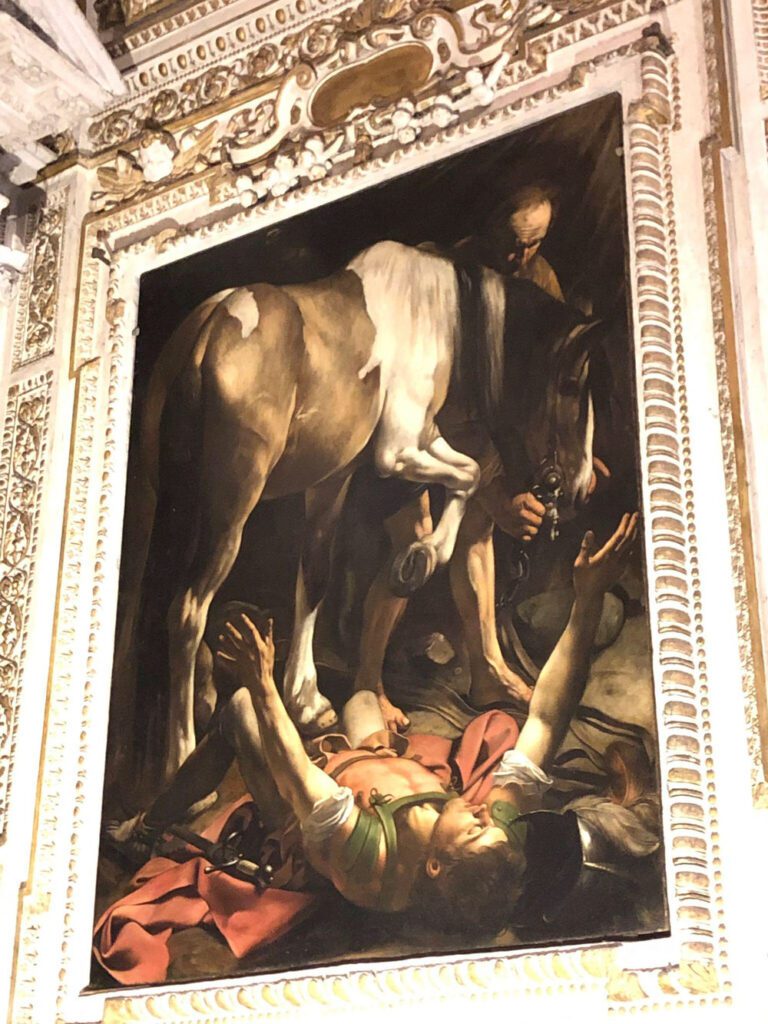
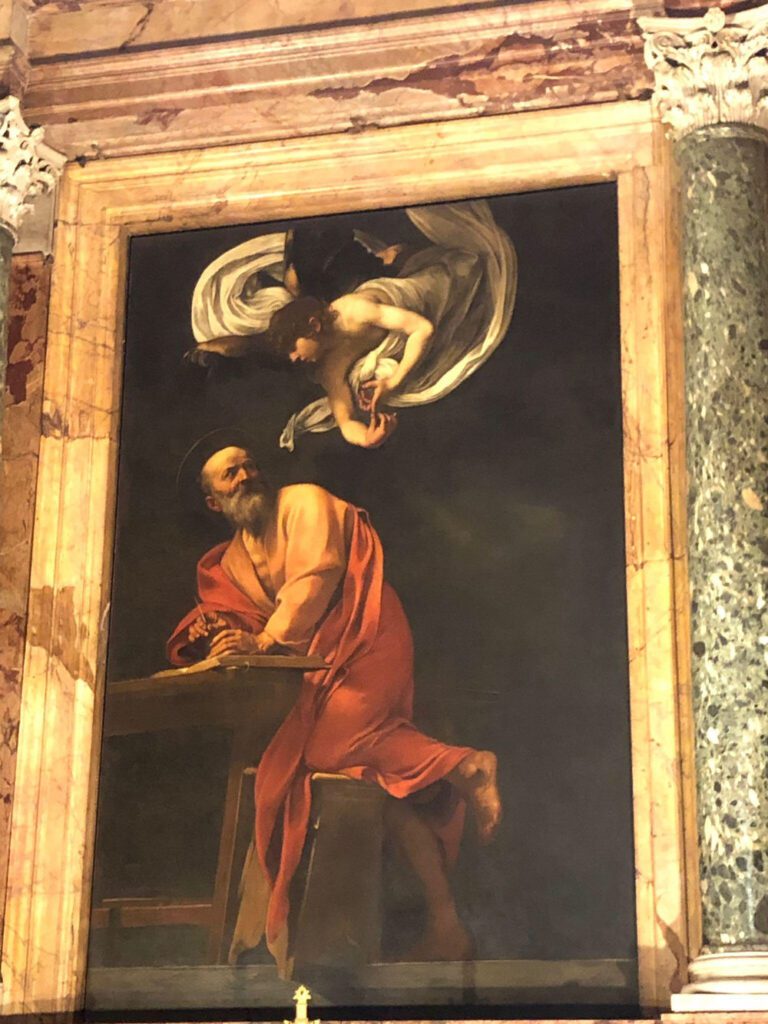
Here are some Bernini highlights …
I have so many more pictures, but some I had to sneak, due to strict rules around photos (even without flash).
One of the last churches I visited was Santa Maria Del Popolo, which is famous for two sensational Caravaggios, and two show-stopping Berninis. But what I became a little obsessed with were these poor Nuns, embedded on the floor of the Basilica. I mean honestly … The cardinals and popes get fancy crypts and mistresses and got to collect art and raise hell. But the nuns who were out caring for the sick and the poor … what do they get?
Foot traffic and their mouths erased. #handmaidstale #patriarchy #italianhorrorstory
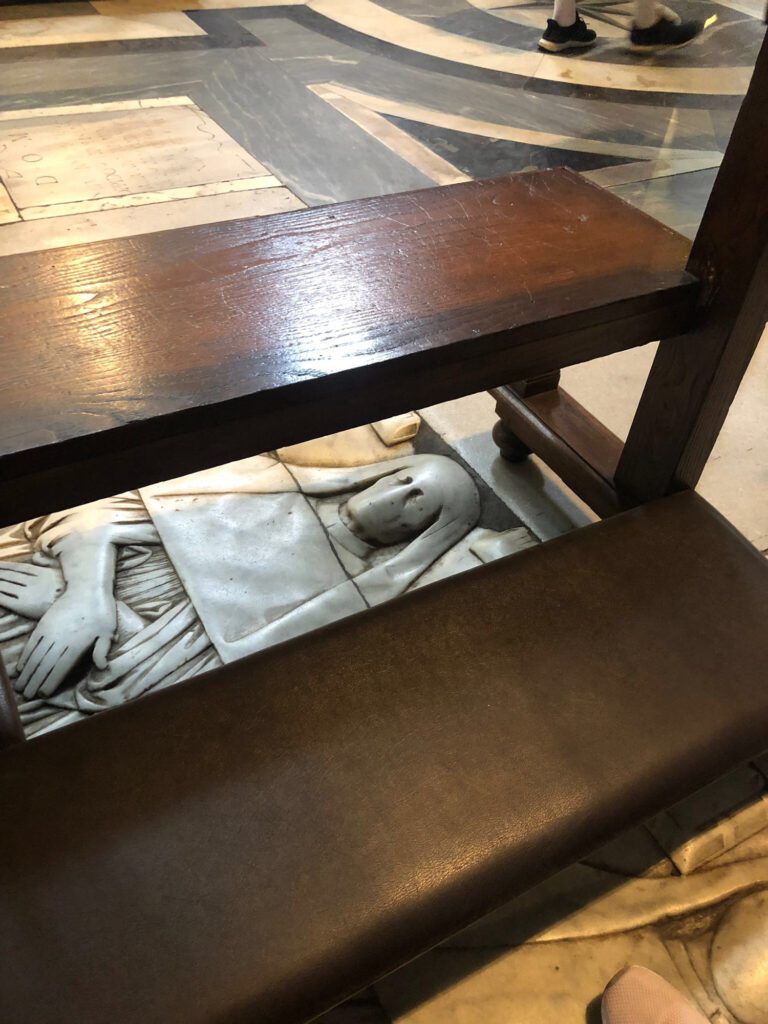
We also did the obligatory Musei Vaticani which was overwhelming and amazing as always, but my GOD the sea of humanity moving through that place … we bought “after hours” tickets granting us access at 7pm, thinking this would mean fewer people. All I can say, is if THAT was what fewer people looked like, I cannot fathom what the normal business hours level of human activity must be. It was my second time through the museum, but I could swear it was less insane 20 years ago. Or maybe I’m just getting grouchy and old?
We ran hard for three days and three nights, saw the stuff we wanted to see, and basically ate, drank, and sang karaoke every night.
To sum it all up, we did what we wanted, whenever we wanted for 10 days straight, with nary a child or spouse whining “ANOTHER MUSEUM?? WHY DO WE HAVE TO GO TO ANOTHER MUSEUM??” It was heaven and I thank God every day for friends like Naomi and Aaron who pull me in on their legendary adventures.
